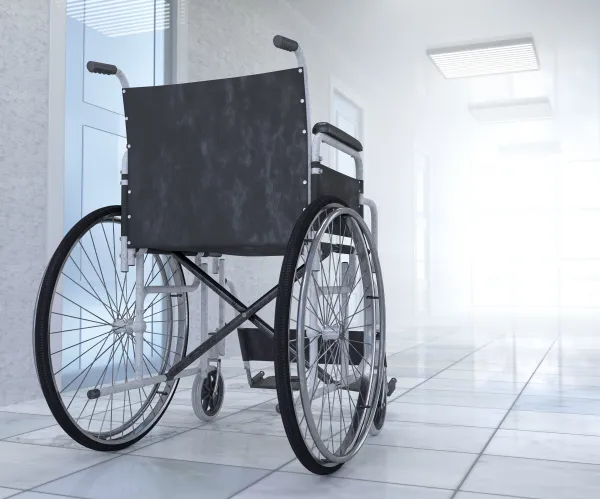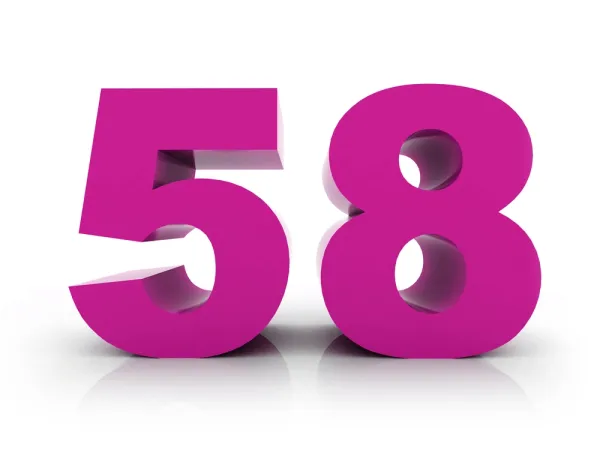Anesthesia Coding Alert
Procedure Focus:
Can You Report Anesthesia in Addition to Double Lumen Cath?
Published on Thu Sep 13, 2018

You’ve reached your limit of free articles. Already a subscriber? Log in.
Not a subscriber? Subscribe today to continue reading this article. Plus, you’ll get:
- Simple explanations of current healthcare regulations and payer programs
- Real-world reporting scenarios solved by our expert coders
- Industry news, such as MAC and RAC activities, the OIG Work Plan, and CERT reports
- Instant access to every article ever published in Revenue Cycle Insider
- 6 annual AAPC-approved CEUs
- The latest updates for CPT®, ICD-10-CM, HCPCS Level II, NCCI edits, modifiers, compliance, technology, practice management, and more
Related Articles
Other Articles in this issue of
Anesthesia Coding Alert
- Procedure Focus:
Can You Report Anesthesia in Addition to Double Lumen Cath?
Read what some experts say. Your anesthesiologist documents that he administered general anesthesia and placed [...] - ICD-10:
Check Out These Diagnosis Changes for Pain Management
It’s time to incorporate the updates for 2019. If you help code for a pain [...] - Breaking News:
Watch for CPT® Changes That Could Affect Your Coding in 2019
Hint: You’ll see more updates for pain management than anesthesia. The American Medical Association has [...] - You Be the Coder:
Reporting Modifier 58 for Your Anesthesiologist
Question: Is it appropriate to use modifier 58 on anesthesia encounters when the surgeon plans [...] - Reader Question:
Report Standby Service Even If Payment Isn't Expected
Question: Our anesthesiologist was called into an in-office case to provide sedation for a GYN [...] - Reader Question:
Watch the Add-on Aspect of +76937 Before Filing
Question: We are billing ultrasound guidance +76937 x 2 when performing two procedures (such as [...] - Reader Question:
Remember the Modifier for Separate Line Placement Coding
Question: Our anesthesiologist administered general anesthesia during a procedure. He also provided peripheral IV line [...] - Reader Question:
Build Your Risk Plan Around These Questions
Question: Our practice is trying to evaluate our practice’s liabilities and risks but we’re not [...]
View All




